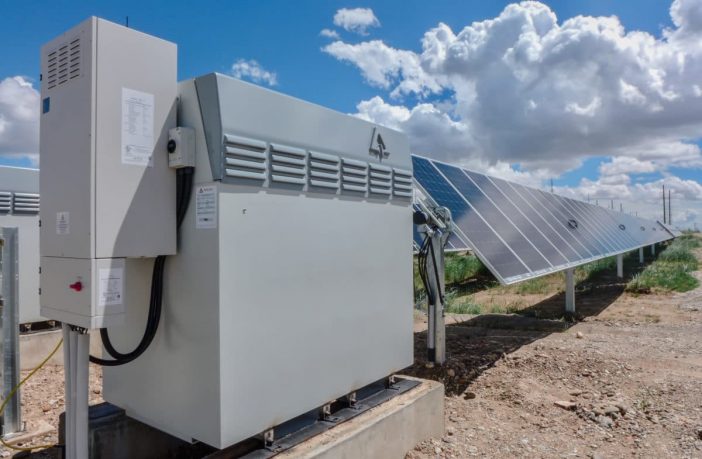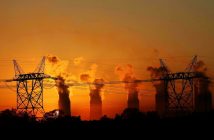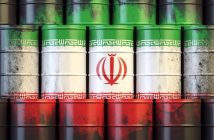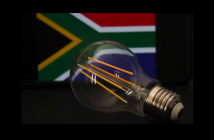- Australia’s first utility-scale vanadium flow battery system – a AUD 20.3 million (US$15.3 million) installation developed by Yadlamalka Energy near Hawker, South Australia – will co-locate a 2 MW/8 MWh battery with a 6 MW solar PV array.
The Australian Renewable Energy Agency (ARENA) said last week that it will provide AUD 5.7 million in funding for the project. The installation will connect to the National Electricity Market (NEM) via the Neuroodla electricity substation.
Australia continues to make great strides in terms of investments in renewables, but the nation’s aging grid is struggling to cope with the various energy sources feeding into it. Medium-duration energy storage has been identified as a key to future grid security by the Australian Energy Market Operator (AEMO) and in the Australian government’s first low emissions technology statement. Vanadium flow battery technology is seen as a potentially scalable and flexible solution.
Related news: Vanadium redox battery hybrid for mine in South Africa
Vanadium flow batteries offer heavy-duty energy storage and are designed for use in high-utilization applications, such as industrial-scale solar PV generation for distributed, low-emissions energy projects. Energy is stored in a non-flammable, liquid electrolyte and the batteries do not degrade with cycling like lithium-ion options and they can be scaled and located with greater flexibility than pumped hydro energy storage.
ARENA CEO Darren Miller said vanadium flow batteries are an exciting technology that could provide a flexible solution to the emerging energy storage requirement.
“The strong uptake of variable renewable energy like solar PV and wind has highlighted the need for increased energy storage and vanadium flow batteries could play a major role in addressing this need, complementing the role of more established technologies such as pumped hydro energy storage and lithium-ion batteries in the Australian market,” he said. “We look forward to working with Yadlamalka Energy on this exciting project to demonstrate the benefits of flow batteries connected to the grid, particularly the ability to shift the dispatch of renewable energy into the evening when consumer demand is highest.”
Yadlamalka Energy Chair Andrew Doman said the battery will provide an important boost to grid stability in the state.
“This project will provide vital support for the electricity grid in South Australia, which relies heavily on intermittent renewable energy sources, leaving it vulnerable to unexpected changes in sunshine and wind,” he said.
U.K. manufacturer Invinity Energy Systems is supplying the batteries. The company said the 8 MWh system will include 41 Invinity VS3 flow batteries and is expected to be delivered during the second half of 2021, subject to planning permission.
Invinity CEO Larry Zulch said it is the company’s largest project to date. He highlighted the growing interest in the technology.
“It is clear that momentum is building,” Zulch said. “We are now consistently seeing vanadium flow batteries recognized as a robust, reliable and proven way of making renewable energy truly dispatchable at grid scale. We’re engaging with a great deal of activity in the U.K., North America and now Australia.
Author: Dave Carroll
This article was originally published in pv magazine and is republished with permission.











